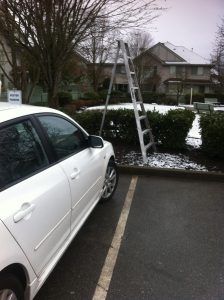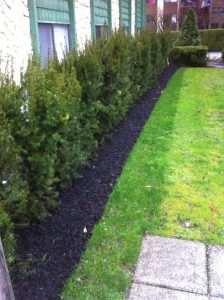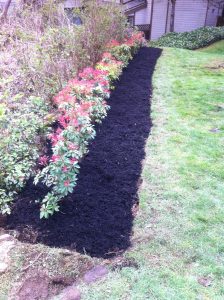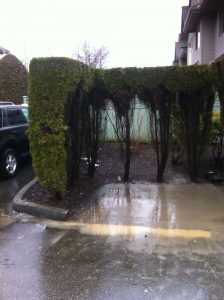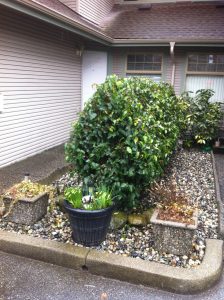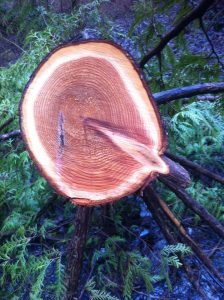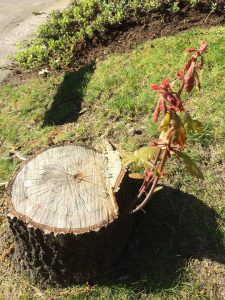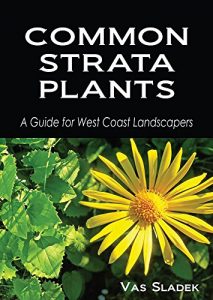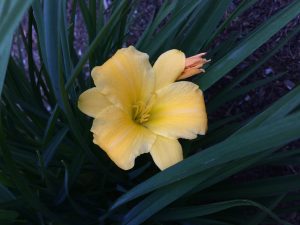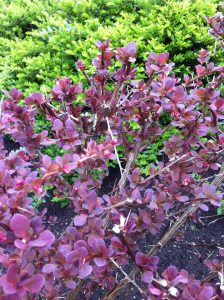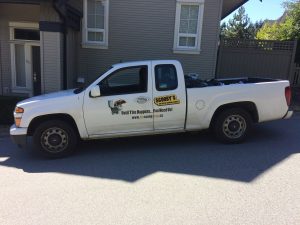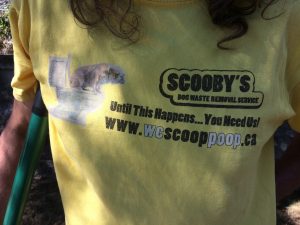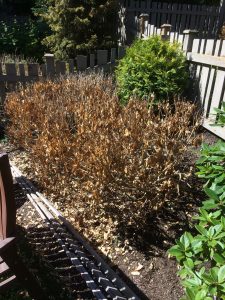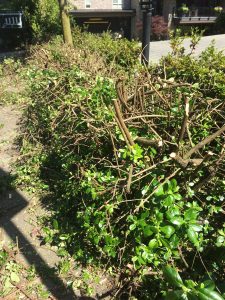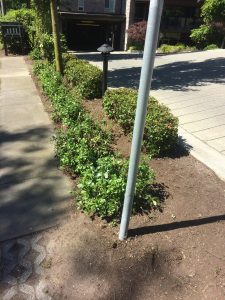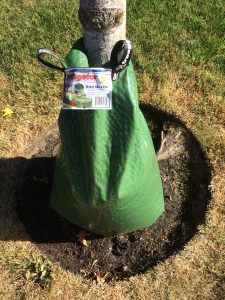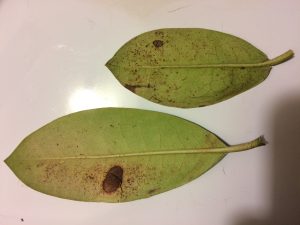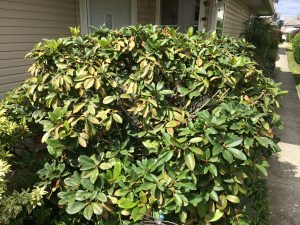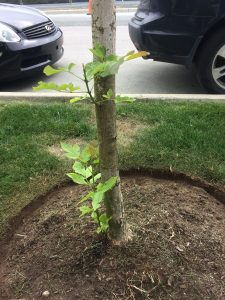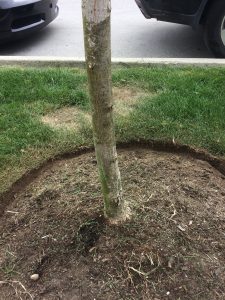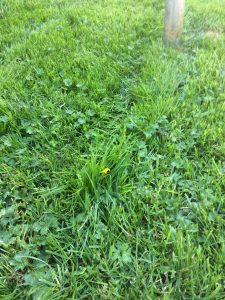Hedging is a common landscape element in gardens. On our strata sites it’s a similar story and as I found out, there are several different hedge uses.
Deterrent
Around the corner is a school and this prickly Pyracantha coccinea deters young people from hopping the fence. The plant lives up to its common name, fire thorn. Once you get it stuck in your body, get ready for swelling and pain. Rumour has it the youths still risk it to complete their illegal substance deals.
Car lights
This was a new idea. The laurel (Prunus laurocerasus ‘Otto Luyken’) behind the ladder is to be kept at the same height. It turns out that the units in the distance are bothered by car lights! Who knew? This sort of information has to be passed on before any pruning happens.
Privacy
Privacy is a natural hedge use. Here there used to be a cedar hedge (Thuja occidentalis ‘Smaragd’) but without help it died in one of our summer droughts. The yews (Taxus x media ‘Hicksii’) are considered more resilient. Sadly, the last I heard on this hedge is that they too were struggling. Since I planted them personally, I find it distressing.
The residents were obviously glad to get their bedroom windows protected from passersby and windows from across the courtyard.
Site lines
The residents here are looking at a power station in the distance and its various towers and cables. Therefore, they asked us to plant more stuff in the wild zone. Obvious gaps were plugged up with cedar trees (Thuja plicata). Since this line of Pieris japonicas is the biggest we could find, the residents will have to wait for a bit before they grow up.
Cover
This is another common ploy. Green hedges are used to cover unsightly areas like this recycling box. Unfortunately, cedar hedges (Thuja occidentalis ‘Smaragd’) are affected by shading from the box. Note the brown holes. Any shading over six months usually results in permanent browning.
Fun!
Let’s not forget fun. Some people like to have fun with their hedges. While I’m not a fan, I don’t mind if the residents prune their hedges at angles that please them. Here future snow accumulations shouldn’t be an issue. This is Portuguese laurel (Prunus lusitanica).
Hedges serve many functions in our landscapes. I always prefer green barriers to structures like fences.



